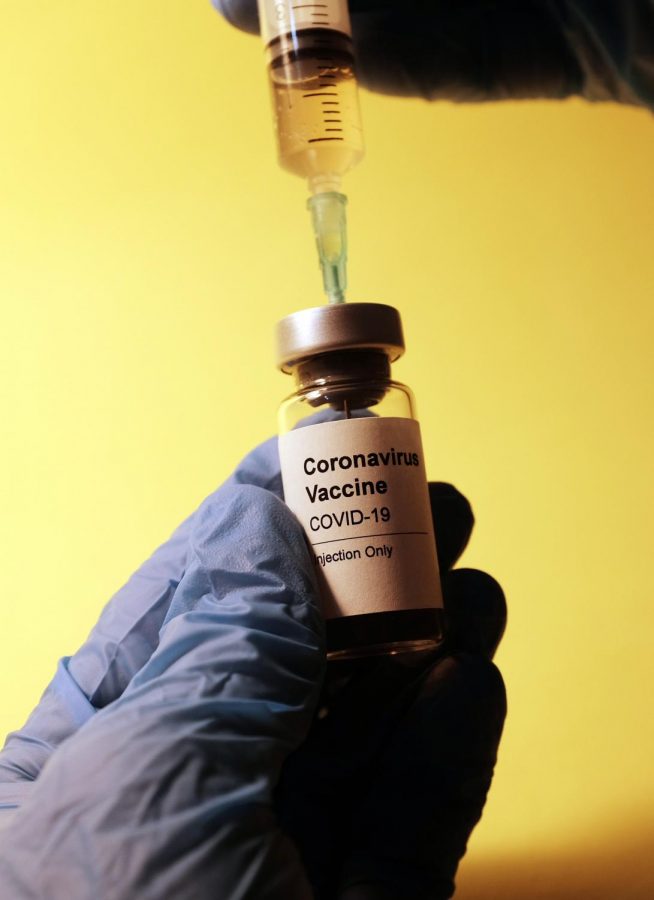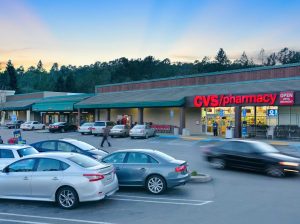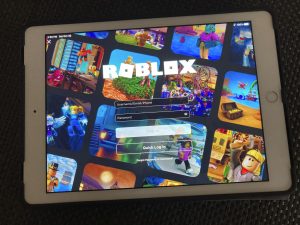The COVID-19 Vaccination Plan is Flawed
February 4, 2021
COVID-19 has impacted more than 93 million worldwide and killed almost 2 million people. The first COVID-19 vaccine was administered on Dec.14, starting the first tier of California’s COVID-19 vaccination plan. The first vaccine was created by Pfizer, later followed by Moderna. The algorithm, created by the Centers for Disease Control and Prevention’s (CDC) is used to determine the vaccination plan, consists of three different phases based on a person’s age, job sector, and high-risk health conditions. Although the structure of the CDC plan seems efficient, it is extremely flawed. Changes need to be implemented to the COVID-19 vaccination plan to ensure that there are no loopholes allowing hospitals to prioritize individuals of their choice.
Although the CDC made a recommendation for how to distribute the vaccine, ultimately individual state Governors and jurisdictions decide who receives the doses and in what order. The vaccination plan in California is currently in phase one B. The first phase included vaccinating healthcare workers and long-term care residents. The vaccination list in phase one B includes individuals 65 years of age and older and those at risk of exposure at work in the following sectors: education and childcare, emergency services, and food and agriculture.
Phase one B also includes the vaccinations of individuals at risk of exposure at work in the sectors of transportation and logistics, industrial, commercial, residential, and sheltering facilities and services, critical manufacturing, and people who are incarcerated or homeless.
Phase one C will vaccinate individuals who are 50 to 64 years old, people 16 to 49 years old who have an underlying health conditions or disabilities that increase their risk of COVID-19, and individuals at risk of exposure at work in the water and wastewater, defense, energy, hazardous materials, communications, financial services, and government operations sectors.
Finally, Phase 2 will include the rest of the population. Although this plan seems as though it is very well thought out and will get the vaccine to high-risk people, it is extremely flawed because of a lack of guidelines for instances that were not thought out.
There have been situations all across the country with hospitals ending the day with a surplus of thawed vaccination, that can not be refrozen. These happenings are due most from vaccine refrigerator breaking or hospitals thawing too many vaccines in a day. The issue then comes up with what to do with the extra vaccines. Allegedly, both the Southern California Hospital and Redlands Community Hospital started vaccinating relatives with these extra vaccines. It is clear that this vaccination plan did not account for mistakes in the freezing process and because of it, the plan is not being followed. This event shows how unfair the process really is and how hospitals are finding loopholes in the system to vaccinate their loved ones. This algorithm needs to be amended so that issues like this can not arise again.
The extra vaccines that hospitals are giving to relatives should be going to at risk people who are not in one of the current tiers that are able to get the vaccine. “There is a system of distribution that has been well thought out and it seems a bit selfish to use the vaccines on those who don’t need it as much as others. As a Type One Diabetic, I have become very aware that regardless of age people with autoimmune diseases are much more likely to experience worse side effects of COVID-19 if they catch it and I think it’s important to prioritize those who are more at risk of hospitalization as well as healthcare and essential workers,” junior Frances Pope said. The distribution plan is not being followed and the perpetrators are blaming this on mistakes in the algorithm. In a situation like this, it is unjust to prioritize relatives over people who truly need the vaccine.
In late January another break in the COVID-19 algorithm was made. The Good Samaritan Hospital in the South bay started vaccination teachers before vaccinating people over the age of 75. The hospital allowed the staff in the Los Gatos Union School District to skip the line for the vaccine due to the kindness the school had for the hospital throughout the pandemic. According to the eSan Jose Spotlight, “Superintendent Paul Johnson said the hospital would ‘like to offer vaccines’ to the school district because they have not forgotten the ‘kindness’ of the staff raising money for meals for health care workers.” This is clearly not right. Yes, everyone wants to get the vaccine and people want to get kids back in the classroom, but most importantly the vaccines need to get to the people most at risk. Teachers should not have to wait until phase 2 to get the vaccine, but they should not be getting it before the elderly, who have the highest death rate due to this pandemic.
Although giving vaccines to relatives is immoral, it is better than throwing the doses away at the end of the day. According to ProPublica, “In Washington, a health facility allegedly threw out some COVID-19 vaccine doses at the end of workers’ shifts because staff believed state guidelines blocked them from giving unused shots to people below the top priority tier.” These doses should be going to high-risk workers or people instead of the trash bin. Wasting vaccines is just going to delay the amount of time it takes for people to be vaccinated.
People ages 18 to 24 are the biggest transmitters of COVID-19, making up 14 percent of the total cases. If hospitals were to use these vaccines to vaccinate this age group, then maybe the numbers would go down. Yes, at risk people should get the vaccine first, but this group should not be overlooked when hospitals have a large number of doses that need to be used. According to the American Academy of Pediatrics, “As of January 14, about 2.5 million children have tested positive for COVID-19 since the onset of the pandemic.” My family had it (COVID-19) very early on just before the lockdown. We know this because we tested for the antibodies and we all came back positive. We took precautions, like informing everyone that we had been in recent contact in order to let them know that we were sick and they should pay attention to their health,” a student that wishes to remain anonymous said. Hospitals need to stop prioritizing people from their personal lives and need to think about the greater good. Giving these vaccines to students could make an impact on the amount of cases spreading.
It is clear that the vaccine distribution algorithm is flawed. If the vaccine is as effective as scientists think, then it will be beneficial in the long run to change the distribution plan and make sure that it accounts for any variety of situations. In order to save more lives, it is crucial to get the vaccine to the people who need it most.








